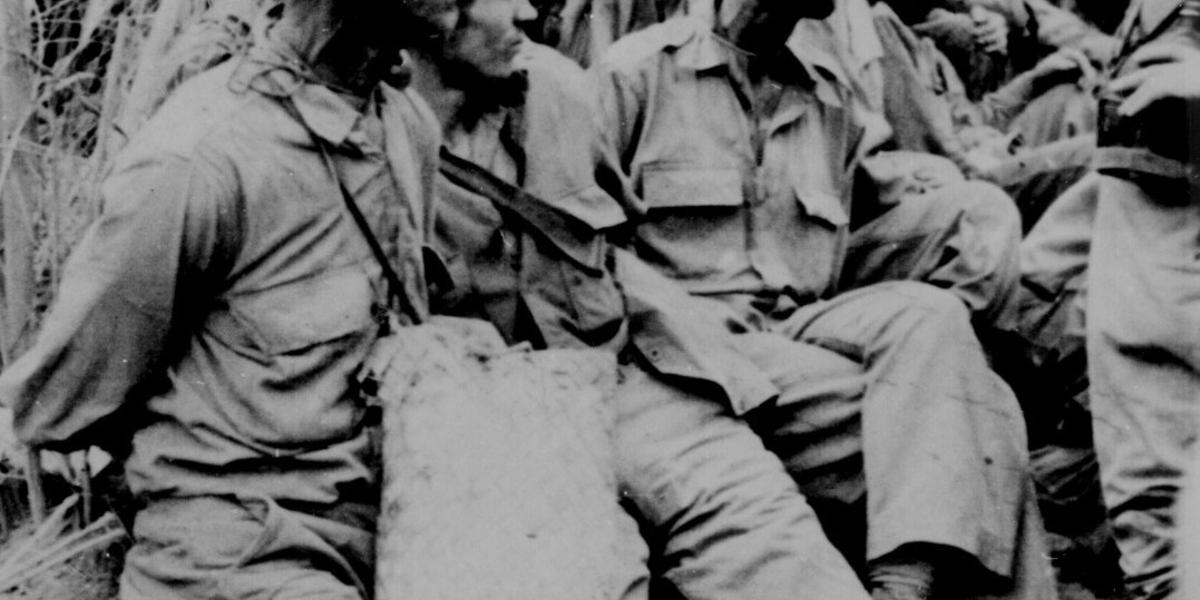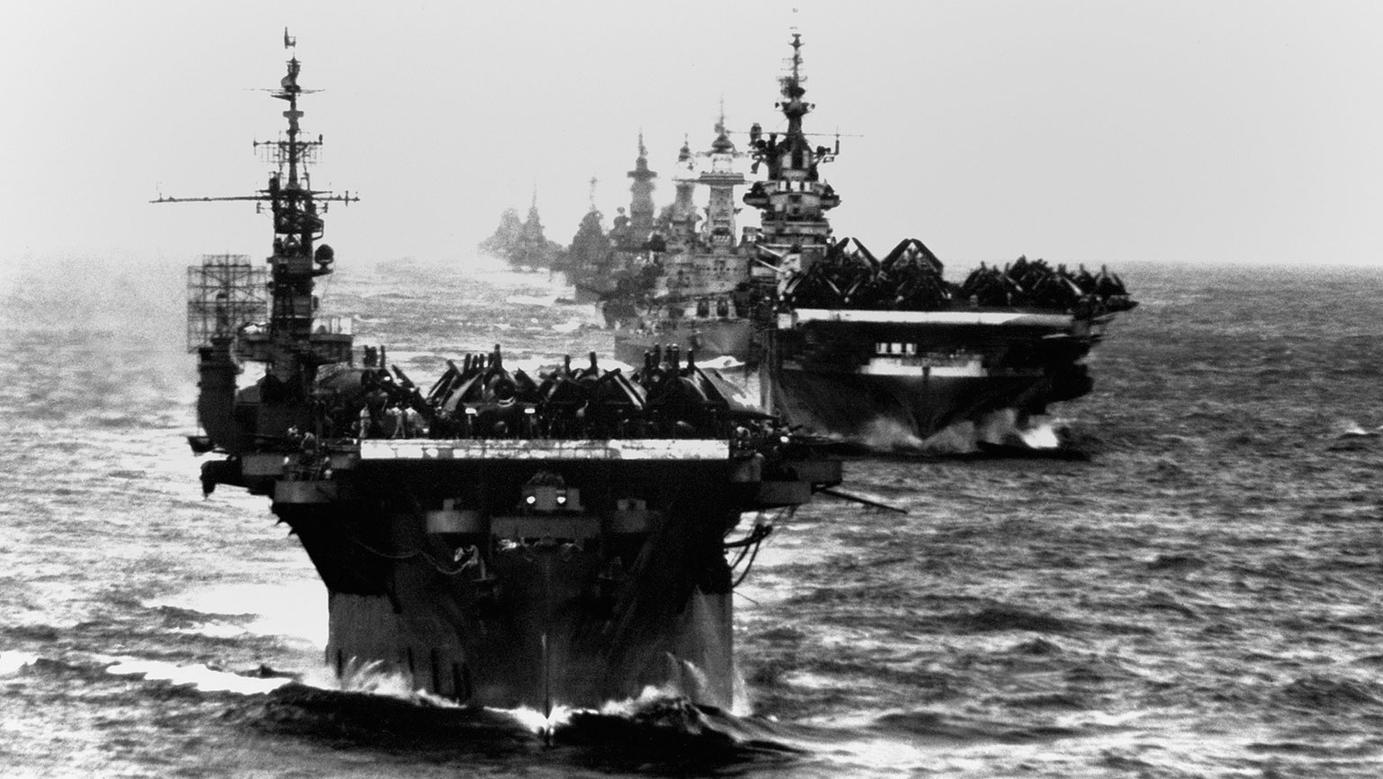
2 minute read
Fall of Coregidor
from history magazine
The allied liberation of the Philippine island of Luzon began on January 9, 1945. By February 7, 1945, allied forces were approaching Manila, with the goal of reopening Manila Bay. Corregidor remained to be an effective sentinel for Manila Bay. At this point, the island was the last remaining island occupied by Japanese forces. An estimated 600 Japanese troops remained on Corregidor. During the Japanese occupation, the Japanese troops had further expanded the network of underground tunnels and bunkers within Corregidor. General Douglas MacArthur had devised a strategy to make a simultaneous amphibious and airborne assault one of the most difficult military maneuvers to retake the island. While this strategy had previously seen success in previous landings in Luzon, this would prove to be more difficult in Corregidor. Due to the small size of the island, it would be more difficult for airborne paratroopers to successfully land on the island (Hickman, 2018)
On January 23, 1945 the Allied forces began bombing the island in order to weaken the remaining Japanese defense The US forces further bombarded the island on February 13 using artillery from warships near the coast of Corregidor 3 days later on the morning of February 16, allied forces engaged in bombing runs over the island which were shortly followed by the landing of paratroopers on the island The battle of Banzai Point proved to be the bloodiest within the retaking of Corregidor, with this being the first significant attack done by the Japanese forces The fighting carried on for 8 days, until February 21, 1945, when multiple Japanese troops were gunned down while attempting to attack allied positions. A last Japanese attack then took place 2 days later but was easily erased by the allied forces (Hickman, 2018). A large number of Japanese troops had drowned while swimming away the the island of Corregidor, while many committed suicide rather than face capture. On March 2, after congratulating the troops on their victory, General Douglas MacArthur said, “I see that the flagpole still stands…. Hoist the colors to its peak and let no enemy ever haul them down” (Owsianka, 2020). The retaking of Corregidor proved to be instrumental in reopening Manila Bay back to American troops. This was a strategic advantage as the port could be used to push back enemy forces. The retaking of Corregidor also proved to be a moral and symbolic victory, as it was one of the places that had suffered the most Allied surrenders in 1942.
Advertisement
The fall and retaking of Corregidor island is a very important aspect of World War 2 in the Philippines Corregidor served as one of the final defenses of the allied forces in the Philippines in 1942, and also as one of the last remaining islands under Japanese control in 1945 The parallels of victory and loss proved to be inspirational for the remnants of conflict remaining in the Philippines The victory and reclaiming of Corregidor provided a point of reference for overcoming the Japanese rule in the Philippines, after being defeated in the same island only three years earlier This victory also paved the way for American colonization of the Philippines, which still plays an important role in the lives of many Filipinos today Many Filipinos are fluent in English due to the colonization of America. Colonization also improved the level of education in the Philippines, as the previously unorganized structure of Philippine education was changed to become one similar to that employed in American schooling. However, this influx of American culture also brought a sense of social discrimination throughout the Filipino masses. Through colonialism, Americans established a racial hierarchy wherein American culture would dominate over Filipino culture (Sabado-Liwag et al., 2019)





